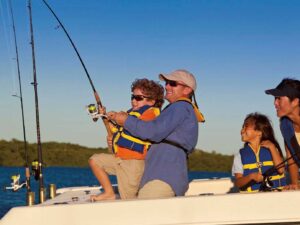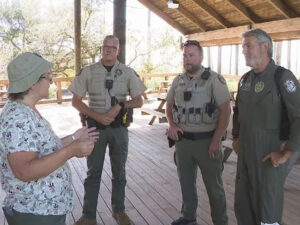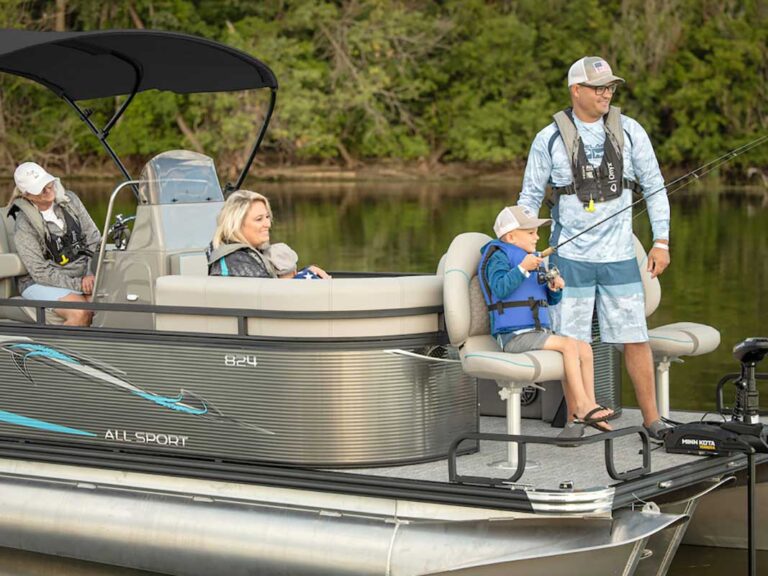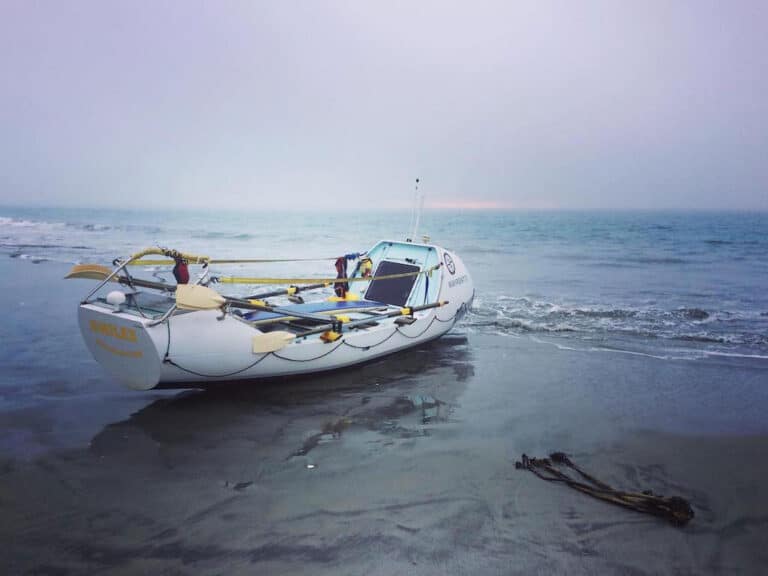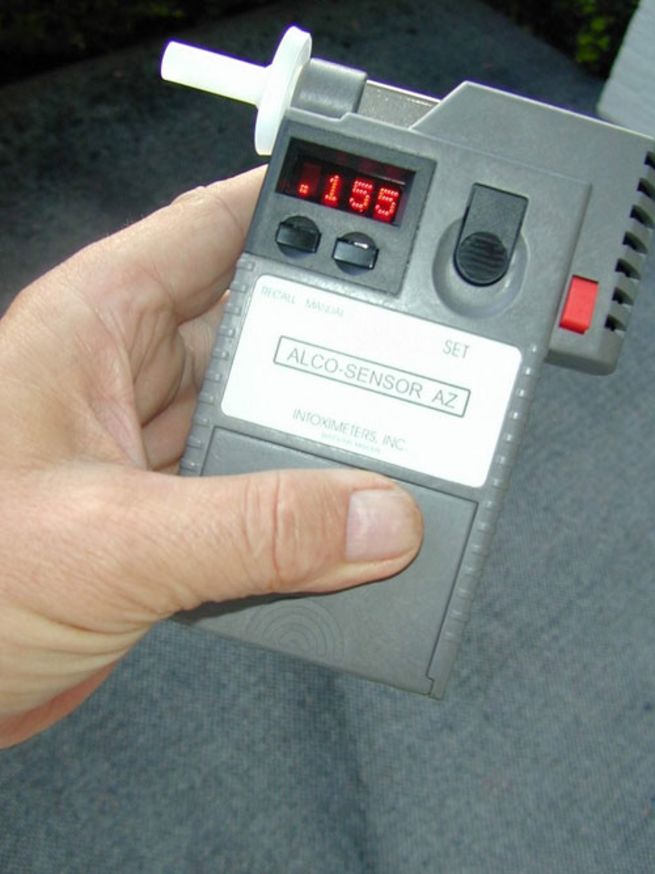
At a bend in the river, a powerboat headed downstream slams into the port side of a pontoon boat headed upstream. A passenger in the pontoon boat is ejected and dies of massive internal chest and abdominal injuries. A child riding in the powerboat is later found downstream drowned.
The powerboat operator tells investigators she’d had a few “lite” beers hours earlier before getting on the boat. But a passenger reports that she was operating recklessly just before the collision and that she was drinking something from a water bottle that he took to be a mixed alcoholic beverage. Field sobriety tests conducted at the scene show the woman to be extremely intoxicated and she is taken into custody.
Lives lost. Others forever changed by a moment of thoughtless behavior and the assumption that alcohol and recreational boating mix. They don’t.
Over the years I’ve seen examples of inappropriate behavior from individuals who consumed alcohol on the water, and the results are too often devastating. Many times intoxicated individuals continue to operate their vessels despite the fact that they cannot take the quick action necessary to safely navigate and avoid a collision. Life jackets will not be worn, keeping an eye out for other vessels will not happen. Speed and distances on the water are not always easy to determine. Add alcohol and these determinations are even more difficult and the chances of a collision, grounding or other accident increase. I once witnessed an intoxicated individual being taken into custody run and jump off a pier into what he thought was the water. The rocks he landed on were not very forgiving.
Currently nearly 20 percent of all boating fatalities are the result of Boating Under the Influence (BUI) of alcohol or drugs. As a result, states have gotten tougher in enforcing laws against this kind of high-risk behavior. Boaters operating a recreational vessel with a blood alcohol concentration of .08 percent or higher will find their voyage terminated and may have their vessel impounded. Penalties can include arrest, fines, loss of boating privileges, even loss of driving privileges.
The U.S. Coast Guard enforces a federal BUI law that pertains to all boats, from canoes and rowboats to the largest ships, and includes foreign vessels that operate in U.S. waters, as well as U.S. vessels on the high seas.
In addition, Operation Dry Water (ODW), a national, multi-agency BUI detection and enforcement initiative, puts thousands of state and federal marine officers on the water the weekend before the 4th of July. This gives BUI enforcement high visibility before a holiday known for drinking and boating, and deadly accidents. This year Operation Dry Water takes place June 24-26. More information on ODW is available at www.operationdrywater.org.
A variety of sobriety tests and procedures have been used in the past to determine if an individual is intoxicated, including afloat tests (such as the finger count and the palm pat), ashore tests (one-leg stand, the walk and turn), and chemical tests using blood, breath and urine samples. Despite these efforts, determining intoxication on a bobbing boat has been problematic and sometimes controversial. Also, brought ashore, an individual suspected of BUI may require time to get his “land legs” before any tests can be administered.
That has now changed. A three-year field evaluation of afloat field sobriety tests, funded by the U.S. Coast Guard and managed by the National Association of State Boating Law Administrators (NASBLA), has just been completed and published by the Southern California Research Institute. This study validated a battery of tests for marine use and is now the basis for a push to implement a National Marine Field Sobriety Test standard.
With validated field sobriety tests for use on the water, we hope to stop intoxicated recreational boaters and to impress upon all boaters that operating a vessel while under the influence is too great a risk – to themselves, to their boat, and especially to others.
The U.S. Coast Guard reminds all boaters to “Boat Responsibly!” For more tips on boating safety, visit www.uscgboating.org.
An Increased Risk of a Boating Accident
The Coast Guard’s annual report, Recreational Boating Statistics, shows that a boat operator or passenger with a blood alcohol concentration above the legal limit runs a significantly increased risk of being involved in a boating accident. This is why:
• Sun, wind, noise, vibration, and motion – “stressors” common to the boating environment – intensify the effects of alcohol, drugs, and some medications by causing fatigue, which in turn impairs a boater’s balance, coordination, and reaction time.
• As blood alcohol concentration goes up, the ability to process information, assess dangerous situations, and exercise sound judgment becomes increasingly difficult.
• Peripheral vision, depth perception, night vision, focus, and the ability to distinguish colors (particularly red and green) are reduced.
• Finally, alcohol reduces inhibitions and brings on a false sensation of physical warmth, which could cause a person to enter and/or remain in cold water until hypothermia sets in.
With these impairments, accidents are more likely and more deadly for both passengers and boat operators. Alcohol is a factor in nearly 1 in 5 recreational boating fatalities; U.S. Coast Guard data show that in more than half of these the victims capsized their boats or simply fell overboard.
How Marine Law Enforcement Officers Determine BUI
Most BUI enforcement includes boarding a vessel. Stops may be for safety checks, light violations, or causing a wake in a no-wake zone, but they typically follow observation of the vessel and then contact and observation of the boat operator. Based on these observations, the boarding officer may elect to administer the Standardized Field Sobriety Tests to determine if the individual is under the influence of alcohol or drugs.
The Standardized Field Sobriety Tests employ a battery of exercises to determine whether or not a boat operator is intoxicated. Some tests may require the subject to concentrate on more than one thing at a time; for example, dividing the subject’s attention between mental and physical tasks. Studies have shown that a person who is under the influence of alcohol or drugs may be able to perform one of these tasks but rarely both. Operators who are intoxicated are likely to make certain predictable errors.
Ashore tests are usually administered after a 15-minute wait, with the individual kept under constant observation. These ashore tests include the one-leg stand, the walk and turn and the Horizontal Gaze Nystagmus (HGN), in which the officer asks an individual to look at and follow with their eyes an object that is moved from side to side. The National Highway Traffic Safety Administration (NHTSA) had already validated these tests for shore use. The HGN was the only one validated by the Coast Guard for use afloat.
Other previously validated (by the Coast Guard) afloat tests include:
1. The Alphabet Test
2. The 25 to 1 Count
3. The Finger Count
4. The Palm Pat
5. The Finger to Nose
The Southern California Research Institute’s study will change the afloat test procedures – adding a new test and re-validating an old one – and the Coast Guard, in partnership with NASBLA, has a national training and implementation plan in development.
Combined with chemical tests using blood, breath, and urine samples., these validated ashore and afloat tests give marine law enforcement officers an impressive arsenal in their ongoing efforts to enforce BUI laws.
The U.S. Coast Guard is asking all boat owners and operators to help reduce fatalities, injuries, property damage, and associated healthcare costs related to recreational boating accidents by taking personal responsibility for their own safety and the safety of their passengers. Essential steps include: wearing a life jacket at all times and requiring passengers to do the same; never boating under the influence (BUI); successfully completing a boating safety course; and getting a Vessel Safety Check (VSC) annually from local U.S. Coast Guard Auxiliary, United States Power Squadrons(r), or your state boating agency’s Vessel Examiners. The U.S. Coast Guard reminds all boaters to “Boat Responsibly!” For more tips on boating safety, visit www.uscgboating.org.

